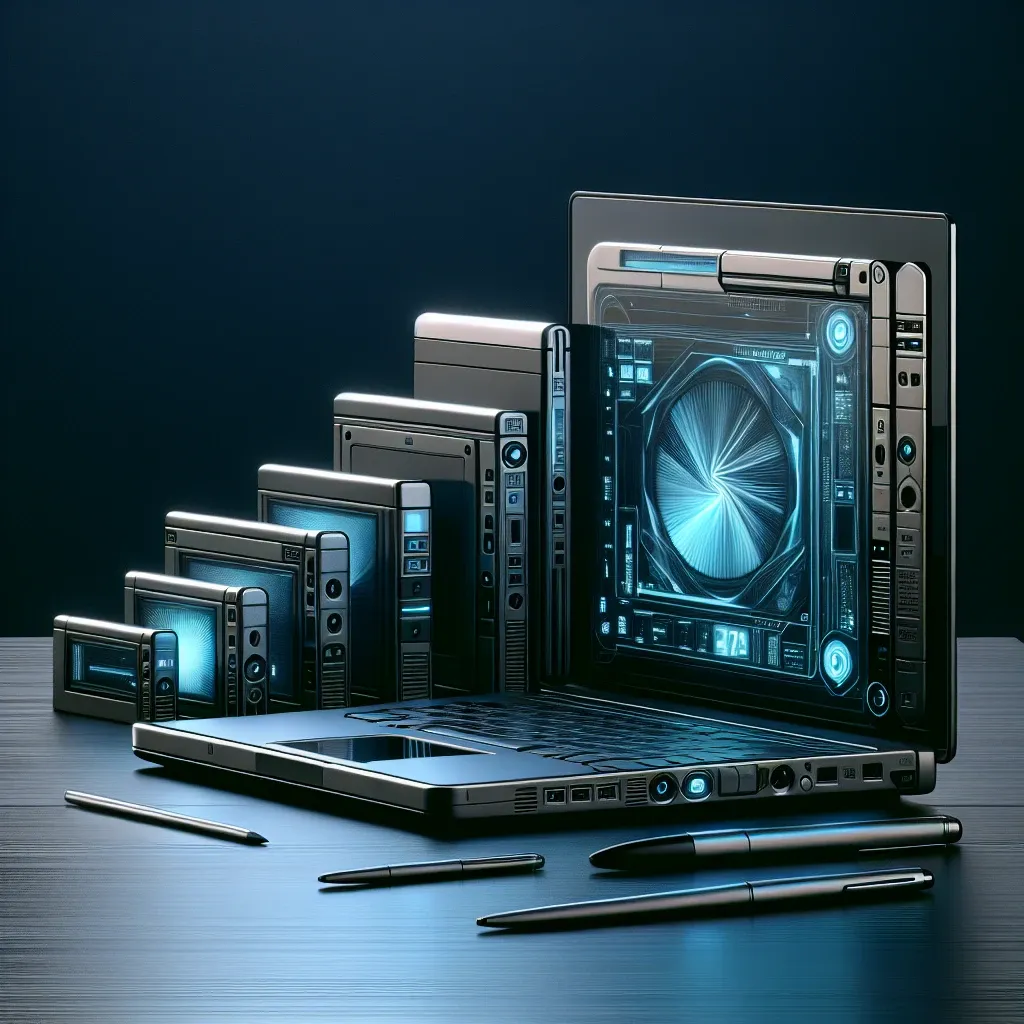What Dynabook Concept Added to Ideas of Personal Laptops

Introduction
The concept of personal laptops has evolved tremendously over the years, with various brands and innovations shaping their development. Among the most significant contributions to this evolution is the Dynabook concept, originally introduced by Toshiba in the early 1980s. This article delves into the Dynabook concept, exploring its historical context, key features, cultural relevance, and its impact on the personal laptop market.
Historical Context of the Dynabook
The Dynabook, envisioned by computer pioneer Alan Kay, was designed to be a personal computing device that was portable, powerful, and accessible to everyone. This concept laid the groundwork for the modern laptop, introducing ideas that would later be integrated into various devices. Alan Kay believed in the potential of the Dynabook to enhance the learning experience, advocating for a device that could store vast amounts of information and provide interactive learning opportunities.
The Birth of Portable Computing
In the early 1980s, Toshiba embraced Alan Kay’s vision and worked towards creating a portable computer that would encapsulate the Dynabook’s ideals. The result was one of the first laptops, the T1100, which debuted in 1985. This device was groundbreaking; it featured a floppy disk drive, a monochrome LCD screen, and weighed just about 4 kilograms. The T1100 allowed users to take their work on the go, a revolutionary concept at the time.
Key Features of the Dynabook Concept
- Portability: The Dynabook was designed to be lightweight and easy to transport, paving the way for the portable computers we use today.
- User-Friendly Interface: Emphasizing ease of use, the Dynabook concept aimed to create intuitive interfaces that would make technology accessible to a wider audience.
- Interactivity: Kay envisioned a device that encouraged interactive learning through multimedia capabilities, a feature that many modern laptops now embrace.
- Connectivity: Although not a focus in the initial design, the Dynabook laid the groundwork for future devices to be interconnected, leading to the rise of the internet and cloud computing.
The Influence on Modern Laptops
The Dynabook concept has profoundly influenced the design and functionality of modern laptops. Today’s devices incorporate advanced features that reflect the original ideas proposed by Kay. For instance, the touchscreens found in many laptops today echo the interactive nature of the Dynabook. Additionally, the emphasis on portability and design has become a standard in the industry.
Pros and Cons of the Dynabook Concept
Pros
- Innovation: The Dynabook concept sparked a wave of innovation in personal computing, inspiring designers and engineers to push the boundaries of what laptops could achieve.
- Accessibility: By prioritizing user-friendly features, the Dynabook helped democratize technology, making it accessible to a broader audience.
- Educational Focus: The emphasis on interactive learning has led to advancements in educational technology, with laptops becoming essential tools in classrooms worldwide.
Cons
- Cultural Barriers: While the concept aimed to be inclusive, technological accessibility still varies across different cultures and socio-economic backgrounds.
- Over-Reliance on Technology: The widespread adoption of personal laptops has raised concerns about screen time and the impact of technology on social interactions.
Future Predictions: Evolution of Personal Laptops
As technology continues to advance, the influence of the Dynabook concept will remain relevant. Future laptops are likely to integrate even more advanced features, such as enhanced artificial intelligence, virtual reality, and seamless connectivity between devices. The focus on user experience will become paramount, ensuring that personal laptops not only serve functional purposes but also enrich the user’s life.
Integration of AI and Machine Learning
Incorporating AI into laptops will enhance productivity and personalize user experiences. Devices will learn individual preferences and optimize performance accordingly, leading to a more intuitive computing experience.
Emphasis on Sustainability
Future personal laptops will likely prioritize sustainability, with manufacturers adopting eco-friendly materials and processes. This shift will align with global trends towards environmental responsibility, ensuring that technology supports a sustainable future.
Conclusion
The Dynabook concept has undoubtedly left an indelible mark on the world of personal laptops. By emphasizing portability, accessibility, and interactivity, it has shaped the evolution of technology in profound ways. As we look to the future, the principles laid out by the Dynabook concept will continue to inspire innovations that will define the next generation of personal computing. Embracing these ideas will ensure that laptops remain essential tools for learning, creativity, and connectivity.
Leave a Reply